For the last decade, change has been one of the most common descriptions of Myanmar. Expats and tourists alike always talked about how much Myanmar has changed since the last time they have visited. Us locals talk of things we didn’t have a few years back. From cheap sim cards and decent usable Internet connection to importing new cars, new public transportation systems and shiny big malls with global brands like KFC, the speed of change seems as fast as lightning!
Who remembers when our very own Kwee Phyo completely overhauled Yangon’s notorious public transportation system Ma-hta-tha and launched YBS in a swift bold move? Yangonians were anxious for the shiny new system. Nearly 4,000 volunteers were ready to assist the commuters as they try to find their way. There even is YBS app to make the immediate shift easier.
Along came 16 January 2017 and it was the commuters who struggled. The scheduled buses were not able to get on their routes on time. There wasn’t nearly enough buses for over 2.6 million commuters. The bus stations were overcrowded and the delays between each bus caused most of us office people to be very late to work.
But fear not, for Yangonians are good Samaritans. Private cars stopped at bus stops and gave lifts to people going in the same destinations. Companies arranged ferries for their employees. Commuters helped each other find their way (and the buses and routes they are supposed to be taking) just because we are all in this together. We want change and if we have to be patient, deal with a bit of inconvenience and help each other out, well, that’s no trouble at all!
When YBS turned one year old, Yangon Region government claimed YBS has been 70% successful. I’m not quite sure how much of the credit goes to the Yangonians and how much to the government. Nevertheless, at the end of the day, we have a relatively better and more comfortable system (thanks to the air-conditioned buses) so the disruption in the lives of the public in the first few weeks seems like good stories to share to your grandchildren.
Now comes another big change that impacts us all and this time, it’s not just in Yangon. As Frontier Myanmar calls it, “the big switch” has arrived to us all Internet users on 1 October 2019. The mass migration of Zawgyi font to Unicode system has been the topic of discussion and debate for the last month and it seems many of us still hasn’t wrapped our head around it.
Anyone remember the good ol’ days of Gtalk? I’m recalling this not only out of nostalgia but because that’s where most of us normal people learned how to type in Burmese. While most of us started using Gtalk in Myanglish, writing Burmese pronunciations in English such as “nay kaung lar” or “bal ka lal”, typing in Burmese was the new level. You could write song lyrics to leave on your profile. You could instantly impress whomever you have been chatting (think flirting) with if you are typing fluently and swiftly in Burmese.
It was also the era of blogs. Poems, articles, political opinions, you name it and there’s a blog for it. You read blogs written in Burmese, you write blogs in Burmese (because who would read it if it’s pretentiously English) and you write comments on other people’s blogs in either Myanglish or Burmese.
Facebook came into our relatively un-digital lives around 2010. Internet users, including bloggers, came onto Facebook eventually and they write Notes on their own personal profiles, sharing with their friends and social circles. And yes, users do write their own posts, statuses, notes and comments in Burmese. Myanglish even became a thing of the past with mobile Burmese keyboards being easily accessible.
By today, there are over 21 million Internet users in Myanmar, almost 39% of total population. From that 21 million, over 95% use Facebook as their primary network, so much so that Facebook is almost synonymous with Internet! Sure, some of us also communicate internationally so, we use English but most users, if not all of that 95%, use Burmese to communicate. And what font do we use? Zawgyi.
Now change is imminent. Madam State Counsellor has encouraged Myanmar citizens to use Unicode. Myanmar Computer Federation and tech community has been sharing the benefits of Unicode and celebrities and influencers are pushing us to switch to Unicode system and there’s even a deadline!
Again we go down the rabbit hole, like Alice, feeling confused, frustrated and not able to read our own and our friends’ texts. And again, we are asked to be patient, deal with inconvenience and help each other out because Myanmar Computer Federation’s efforts for assistance are not enough for all 21 million of us. Again our connectivity, our work and our lives are disrupted. I have half a mind to stick with English just to keep my life less of a hassle.
What about all the old Zawgyi data that Internet users have been using over the years? What will happen to them? Even the father of Zawgyi, U Ye Myat Thu, is wondering. Do we just erase it all and forget it existed? Do we just archive it all like putting up a museum? Do we convert everything to Unicode piece by piece (which could probably take another decade)?
And must change always be like this? Have our country been more revolutionary than evolutionary when it comes to change? Is this actually necessary? Surely, pushing the kid into the pool so that he learns how to swim, is the fastest way, but only if they don’t drown or get traumatized by water. When will our policy makers take example of the previous changes and actually plan to minimize disruption to the citizens? Maybe it’s time they take a Change Management course.

